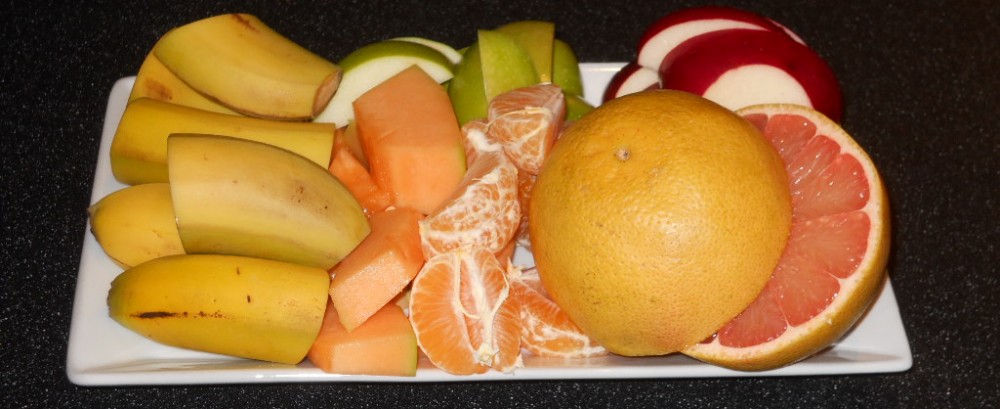Ginger shots? Ginger juice? Is it a thing? Apparently so!
A couple of months ago I set out to provide the fixings to make non-alcoholic cocktails – There’s a pregnant daughter in law who, in the past, has made some pretty amazing mixes for the family. There was also that report that recently came out claiming that any amount of alcohol can cause cancer. In many of these mocktails, ginger is a prominent ingredient. Think of ‘mule’ drinks, all of which use ginger of some form as a base. That makes sense: in order for a mocktail to work, it needs to have a strong base taste to replace what the alcohol gives. My options were, as expected, centred around ginger beer, or ginger ale. I found that the ginger hit in these drinks was limited, and the drink itself really defined the resulting mix. I wanted to be free of that, to be able to create from truly raw ingredients.
At the same time I was exploring different tea infusions. Since we live in a lovely place with lots of cedar trees, I started thinking I should make some cedar tea again. Ginger teas are also great for you, but going from the ginger root to a tea involves time and prep. The cedar would make an excellent compliment to the ginger, especially when mixed with maple syrup or honey.
This all caused me to think: “I’d really like my ginger as a liquid.” I didn’t want it to be anything except ginger. No sweeteners, no other flavors. Those can all be added later. How can that happen?
Once I thought about that a little, the answers were fairly clear: Break the ginger down as much as possible. Boil/infuse it. And the logical next step: strain it. I’m always trying to make my cooking processes as efficient as possible, so in the case of ginger, it was clear to me that while I needed to clean and get rid of bad bits, there was no need to peel it.
I then started asking myself, “Why have I not thought of this before?” And, “Is this a thing?” I do not have an answer to my first question, but I did find out that, yes, its a ‘thing’. Ginger shots. $4.00/2oz at our local supermarket. (see the picture at the end)
There are other bloggers who have landed on this as well, though they have gone for juicing the ginger, whereas my process is about making a boiled infusion. Another variation is to steep the shredded ginger in room temperature water then squeeze it all out. Also included in these blogs are further process recipes that usually involve some kind of sugar. This is needed to cut the bitterness and harshness of the ginger.
How to Make Ginger Juice (Juicer + Blender Recipe)
How To Make Ginger Juice & Ginger Shots + Why You Should (Benefits)
Ginger Juice | FoodByMaria Recipes
I haven’t tried juicing it yet, but I will. I’m guessing I’d get a lot less final product. As to strength, I’m pretty pleased with the kick I’m getting from the infusion.
Here’s how:
Ingredients:
- 950g/2lb ginger root
- 3 L water
In other words, approximately 300g ginger per litre of water will yield approximately 750ml of ginger juice.
Method
- Clean and inspect ginger, cutting out any bad bits
- Shred the ginger. I use the grating wheel on my food processor. The aim is to break it down as much as possible to make extraction more efficient
- Boil the water and ginger together. Bring to a rolling boil, then reduce to a simmer for 1 hour. Covering it is fine; uncovered will evaporate water and make the resulting liquid stronger.
- Strain. Once the ginger mash has cooled down squeeze our as much of the liquid as you can. This can be done either by putting the mash in a metal colander and pressing a pot lid on the mash, or by squeezing it through cheesecloth.
- At this point it can be bottled. It can either be waterbathed if you want it to remain shelf stable for a long time, or simply refrigerated if you are going to be using it regularly.
How can you use it?
Any situation where ginger is called for: soups, casseroles, baked goods, The resulting juice is going to be very strong, so use sparingly. Taste as you go! Most commercial ginger products have sugars added, so you may wish to do the same.
Teas
My impetus for developing this was to make tea. For this function, its particularly well suited: just add in the ginger juice, likely some sugar, pour boiling water, and there you have it. 30g/1 oz will nicely flavor a cup of tea. Here are a couple of tea ideas:
- 1 oz ginger juice/1 oz maple syrup/2 oz cedar tea
- 2 oz ginger juice/1 oz lemon/1 oz maple syrup
- 1 oz ginger juice/1/2 tsp turmeric/1 oz liquid sweetener – honey, agave, syrup
Extract even more
A further possibility to extract as much usable ginger as possible is to dry the mash. There’s still a lot of ginger flavor in it. To do this, wrap cheesecloth around a cookie cooling rack, spread the mash over it, and put in a convection oven at 170F for about 6-8 hours. Turn it every so often until it has dried out. Once it is dry, use a food processor or spice mill to grind it down to a powder. Keep in mind that a lot of the flavor has already been extracted, but it should be close to what you would get commercially.
The photos show what it all looks like. From my 950g of ginger and 3 L water, I got 2.25 L juice and 250ml of ginger powder after drying the mash.
What I started with
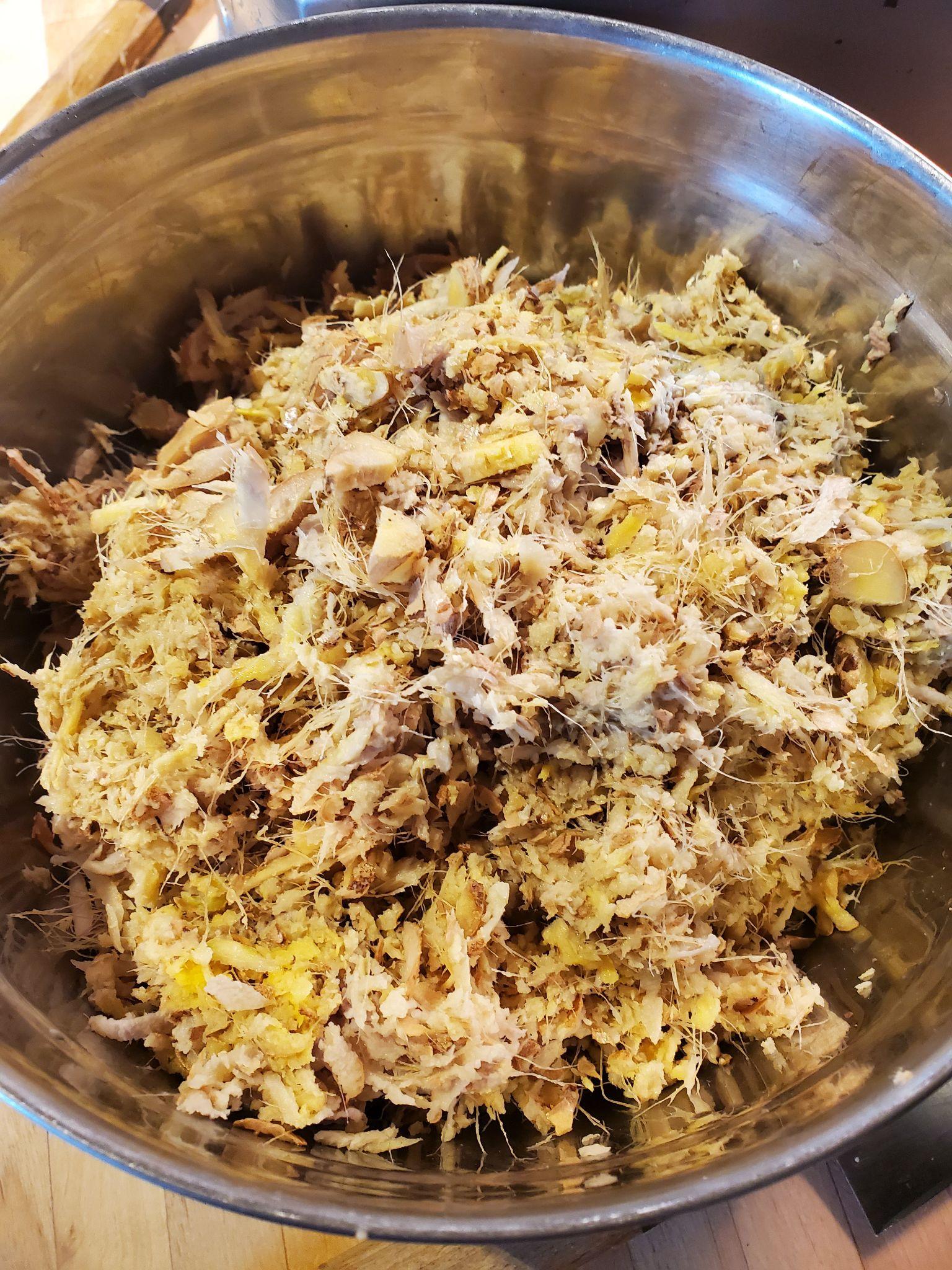
Post shredding
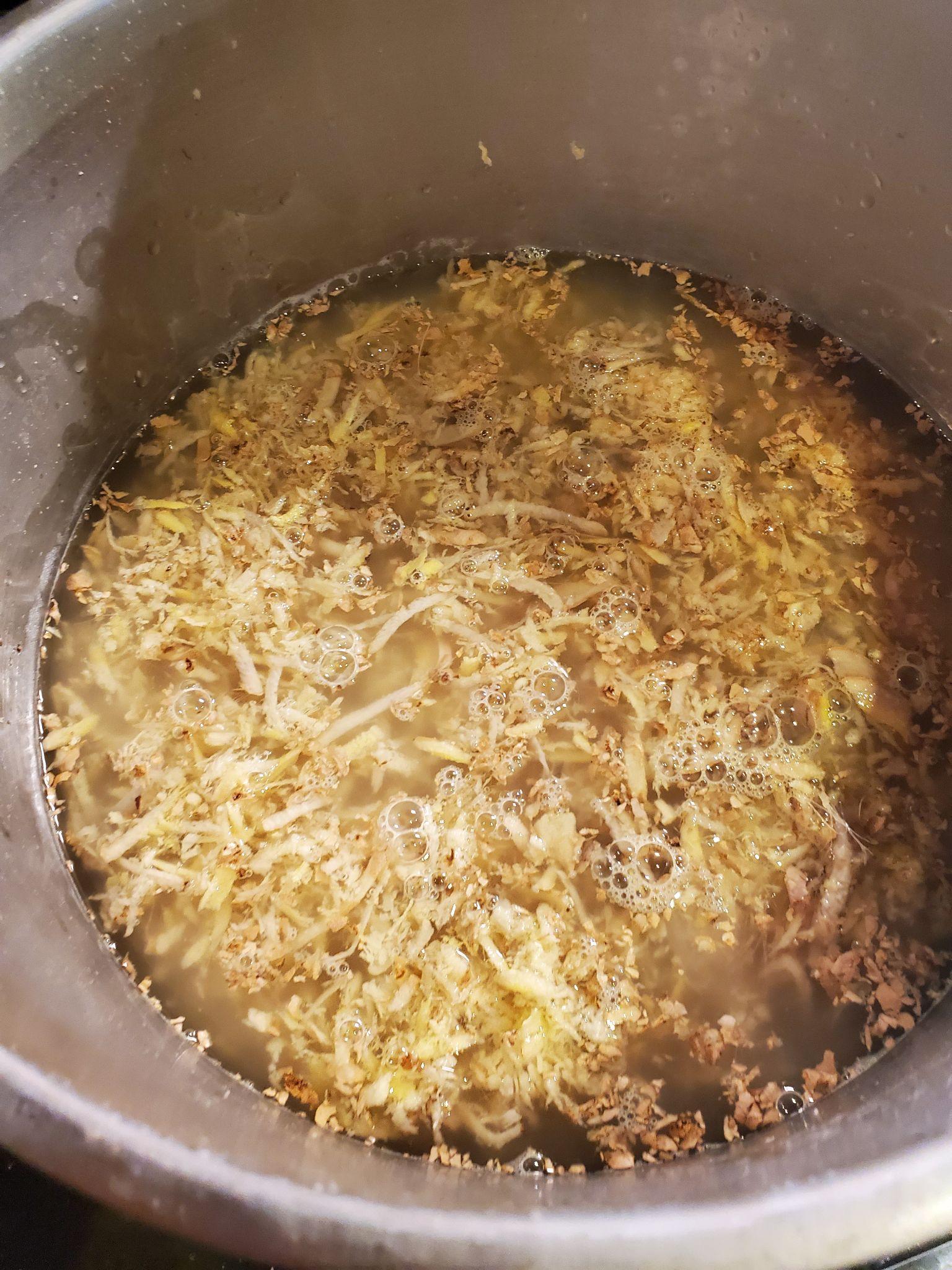
Pre boiling: I wasn’t sure how much water to add. In the end 3L adequately covered the mash and provided for a simmer that would sustain and not evaporate significantly
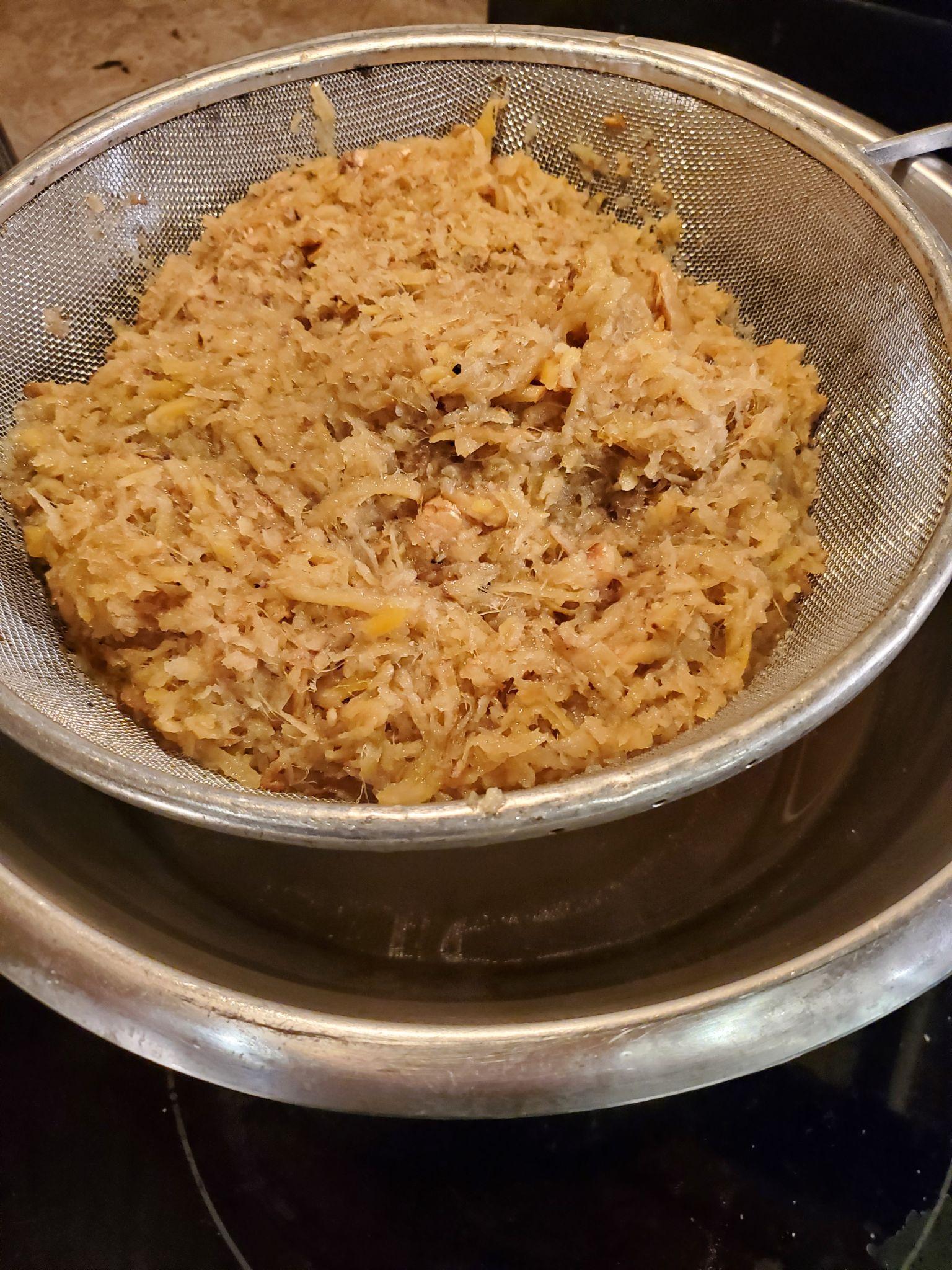
The infused mash post boil in a colander
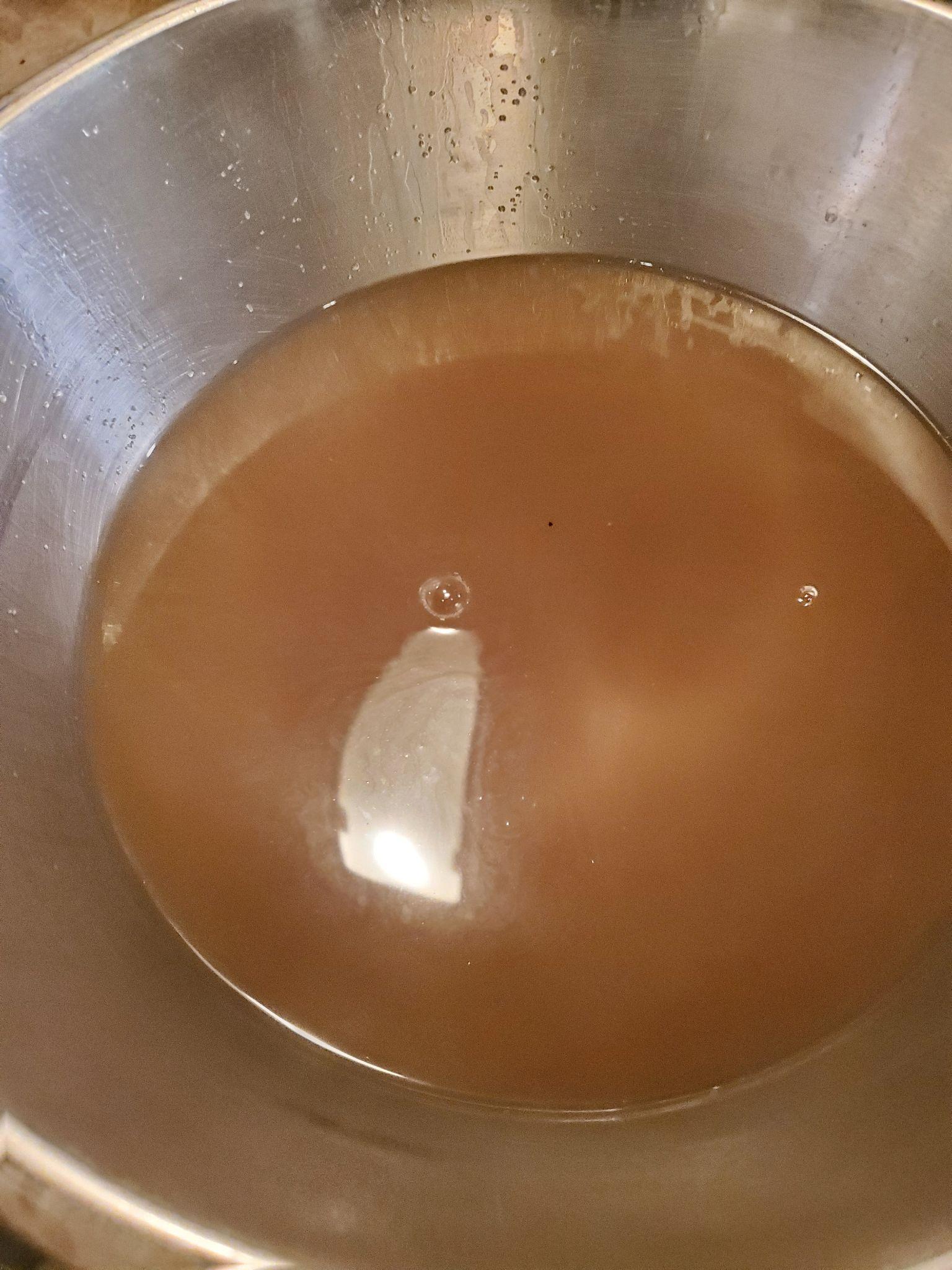
The resulting juice

Post bottling. This should last for a couple of months. Maybe more.
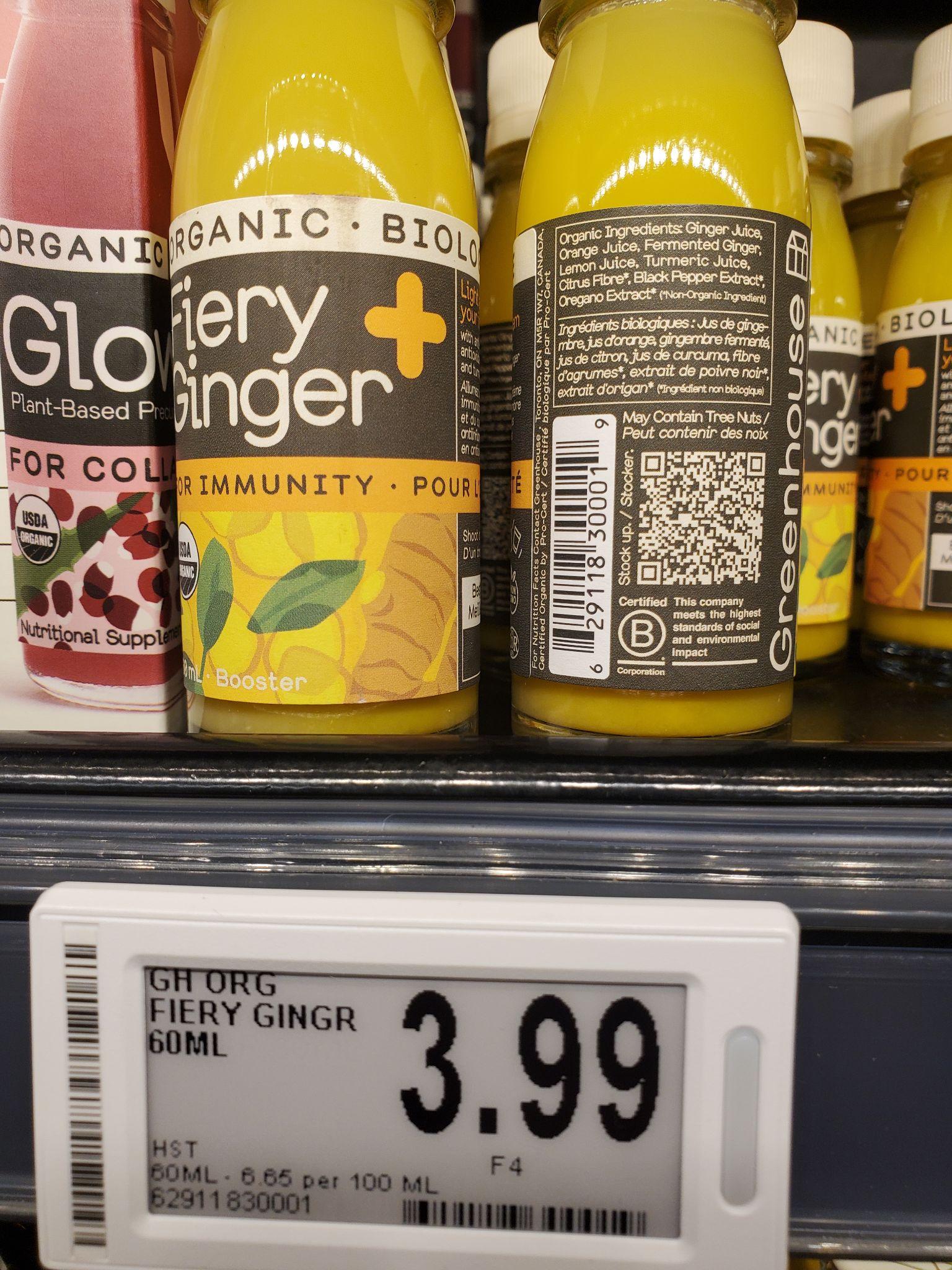
This is what you get at the store. 2 oz/60ml for $4.00.
